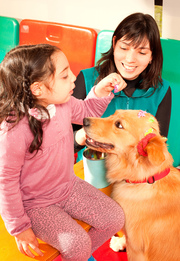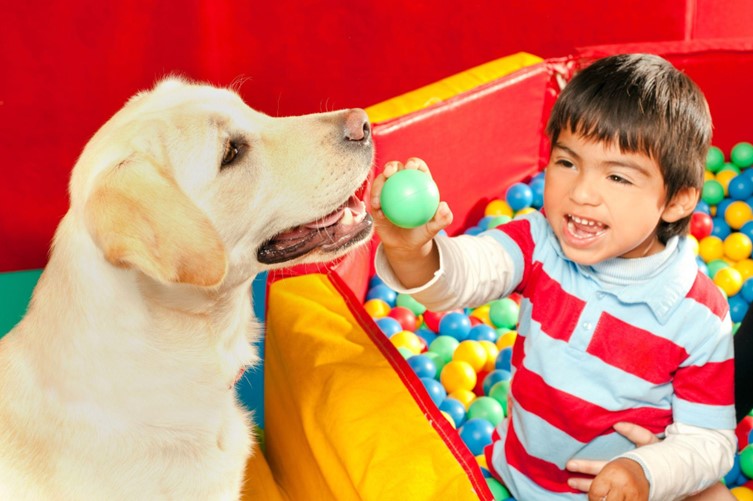Teacher Mental Health: Prioritizing Self-Care for Success in the Classroom
The psychological and physiological state of the teacher is one of the significant structural elements of a successful educational system. Teachers are the ones involved in molding the minds of our young generation and providing them with the necessary life tools to prepare them for adult life. Still, this job’s duties may impact the teachers’ mental state negatively.
Join as we look into self-care and stress management strategies for teachers, which will provide them with supposed ways to take care of their mental health and well-being so that teachers and their students will benefit in the long run.
Understanding the Challenges
Teachers face many variables that make the stress levels high, such as dealing with the overwhelming workloads, management of the classrooms and administration rules and regulations, administration pressures, and emotional labor of taking care of the students whose needs and backgrounds vary.
Inadequate mental health status of teachers could lead to discontentment, absenteeism, and burnout, which could eventually negatively affect students’ outcomes.
Recognizing Signs of Teacher Burnout
Teachers must be empowered to detect the manifestations of burnout a little earlier and take preventive measures toward self-care. Some common signs include:
- Physical and emotional exhaustion
- Decreased motivation and productivity
- Increased cynicism and detachment
- Physical symptoms that are related to anxiety can include headaches, stomachaches, or insomnia.
- Feeling overburdened and unable to meet challenges accompanies such a situation.
- The lack of pleasure in teaching.
Early detection of these characteristics will enable teachers to adopt some self-care strategies and seek help before the situation gets out of hand. Failing to pay attention to this can result in more serious mental health problems, decreased teaching effectiveness, and a potential loss of enthusiasm for teaching.
The Need for Self-Care
Whether teachers should give up on their individual lives in exchange for the education of adolescents is highly questionable because this will, first of all, damage their individual well-being. In the end, this cannot be claimed as sustainable. It means you have a lot of expectations in mind that you have to cope with as a teacher, which requires you to do so professionally.
Unfortunately, school administrators fail to see that teachers need support. Hence, the teachers should know that self-care is not reckless behavior, but the most efficient investment for their health and wellness before the teachers even fall under helpless conditions.
Strategies for Self-Care
Physical Self-Care Techniques
- Exercise and movement: Tying workouts in with their routines, even if only by stretching and doing a few jumping jacks, can be an invaluable way to help teachers stay mentally healthier, cheerful, and physically fit.
- Nutrition and hydration: Eating healthy foods and drinking enough liquids can help the body to have energy, solve issues, and be healthy physically.
- Adequate sleep: Being super tired is the last thing teachers need since it affects the body’s rejuvenation cycle and causes burnout. To avoid that, it is essential to maintain sufficient quality sleeping habits.
Emotional Self-Care Techniques
- Mindfulness and meditation: Doing something such as mindfulness and meditation may help teachers manage stress and develop more self-regulation and present-moment awareness, thus improving their ability to stay alert and concentrate on the students in the class.
- Seeking social support: Creating solid relationships with fellow colleagues, friends, and loved ones can give a sense of belonging and a cheerful atmosphere and nestle a teacher in the company of cheering friends.
- Setting boundaries: Being able to say “no” and set strong boundaries is a must to avoid the tendency to overcommit and use personal time to care for oneself. The latter is the key to a successful and sustainable work-life balance.
Intellectual Self-Care Techniques
- Continuing education and professional development: Advancing teaching skills in educators through meetings, courses, and mentoring can rekindle the fire, commence new development, and prevent immobilization so that you will be exposed to new abilities and viewpoints that can help you serve your students better.
- Creative outlets: Within a routine, maintaining hobbies, arts, or any creative work can take the pressures off teaching and bring you to a better level of productivity.
- Time management skills: Adopting appropriate time management strategies can assist teachers to prioritize well, minimizing downbeatness, and dedicating some time for relaxation. Eventually, this can make teachers more successful and effective in the classroom.
Stress Management Techniques
Identifying Stress Triggers
Identifying the particular experiences, thoughts, or behaviors that lead to stress can aid teachers in devising specialized coping mechanisms that they can practice and help themselves achieve mental balance when necessary.
Cognitive-Behavioral Strategies
- Reframing negative thoughts: Cognitive restructuring to fight irrational or unrealistic thought forms is essential in managing stress and starting to live more optimistically. It can help teachers by having more positive and constructive tools in their minds to fight the problems.
- Practicing gratitude: Cultivating a gratitude mindset is an effective tool in locating stress and adopting a more balanced view to one’s engaged students, emphasizing the significance of their role in the kids’ lives.
Relaxation Techniques
- Deep breathing exercises: Primarily, such breathing exercises can initiate the body’s relaxation process, allowing it to succumb to the physiological effects of stress sharply, representing the most effective way for teachers to compose themselves during emergencies.
- Progressive muscle relaxation: The way to do so consists of the progressive and joint tensioning and relaxing of muscle groups, which, as a result, sow a feeling of tranquility and a sense of well-being. The relaxation of teachers is achieved in this manner.
Time Management and Organization
Improving time management and organizational abilities probably allows teachers to be in a better position to handle their extra workload and hence reduce the stress that may be caused by piling up work burdens, thus enhancing the ability to organize and prioritize work tasks.
Building a Support System
Teachers cannot ignore visits to professional medical practitioners when stressed out as this helps them regain mental health balance. Indeed, it is a top priority for teachers to return to school uninterrupted.
Management from the school and colleagues are all important in establishing a healthy atmosphere that puts the well-being of the teachers at the top of the list. This process incorporates open communication, providing not only a resource and support system but also creating a culture of understanding and acceptance of mental health and utilizing engagement tools and platforms to enhance teacher engagement and well-being.
Conclusion
In summary, teachers’ mental health and wellness should be given priority because it is right for educators and has other far-reaching impacts on the education sector’s performance.
Self-care and stress management strategies are invaluable, as they will build the teacher’s resilience and enable them to thrive in their professions. Moreover, teachers will be well-positioned to help students develop and grow their personalities.
It is now time for systemic change in considering teachers’ mental health, and the community, schools, and policymakers should join hands to make conducive environments that put teacher well-being ahead of all else. Also, putting more resources into teachers’ mental health is giving more to the brains of the future.











